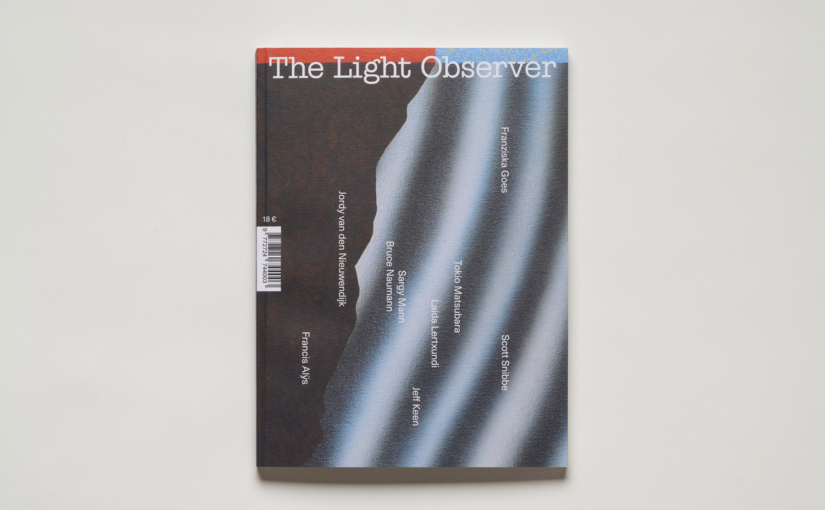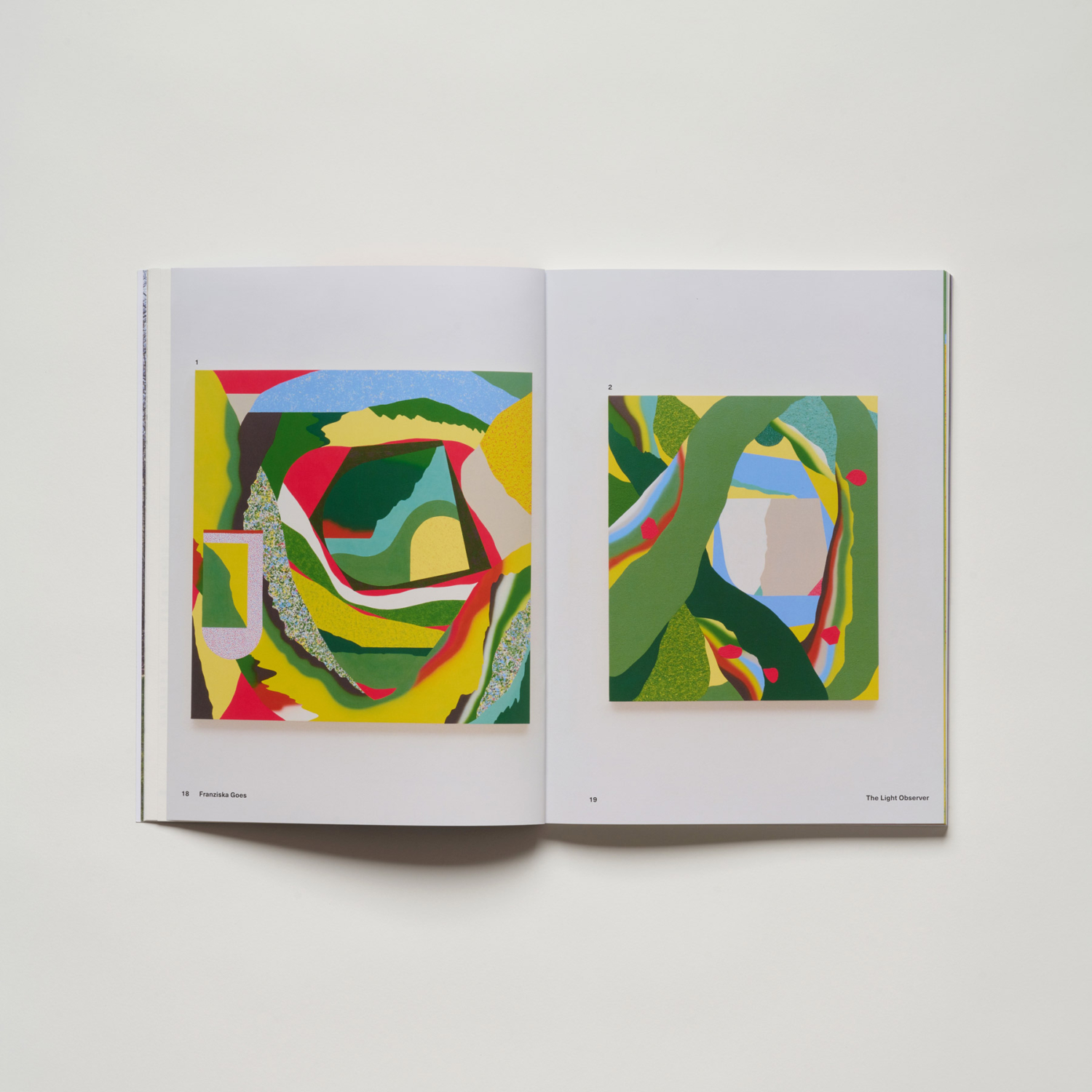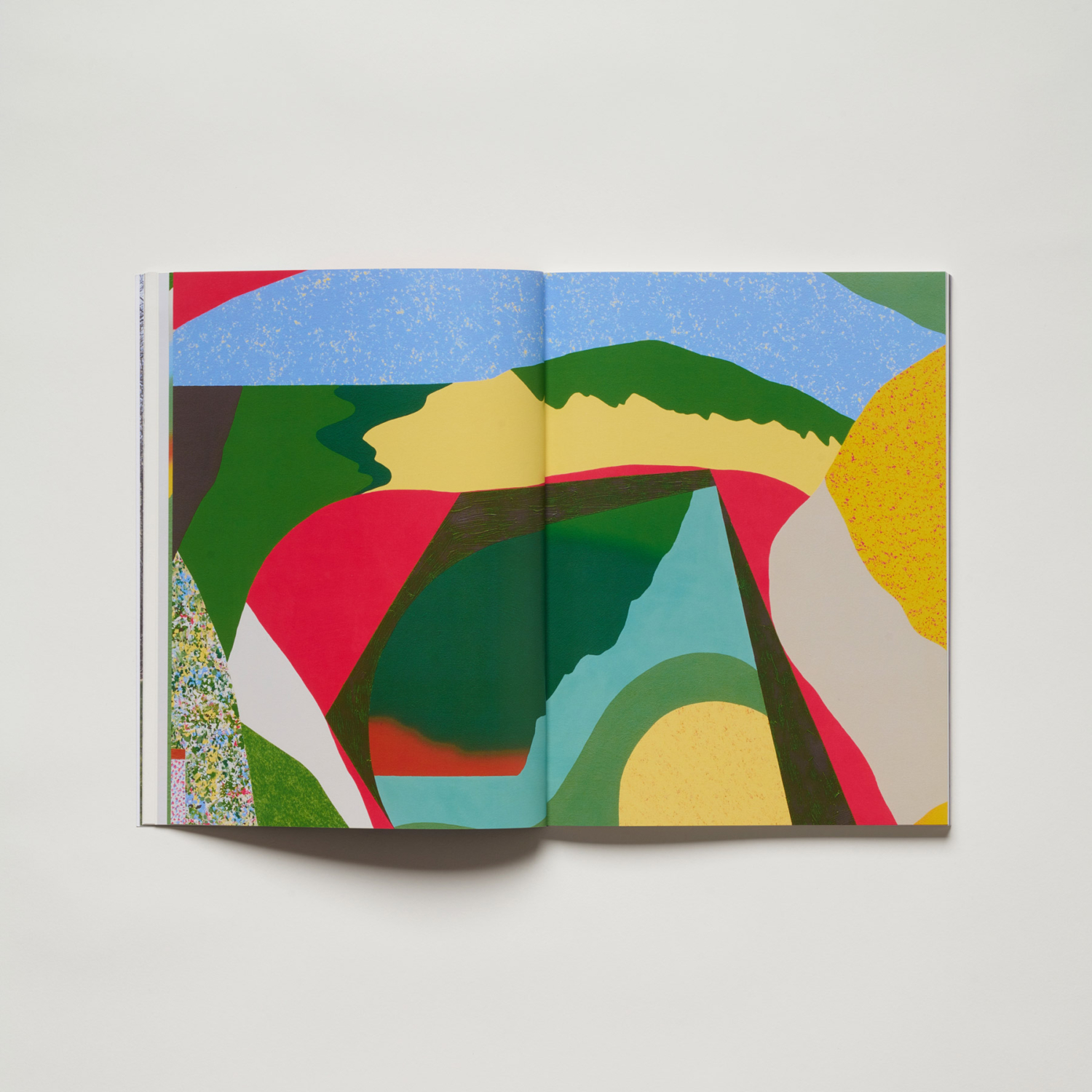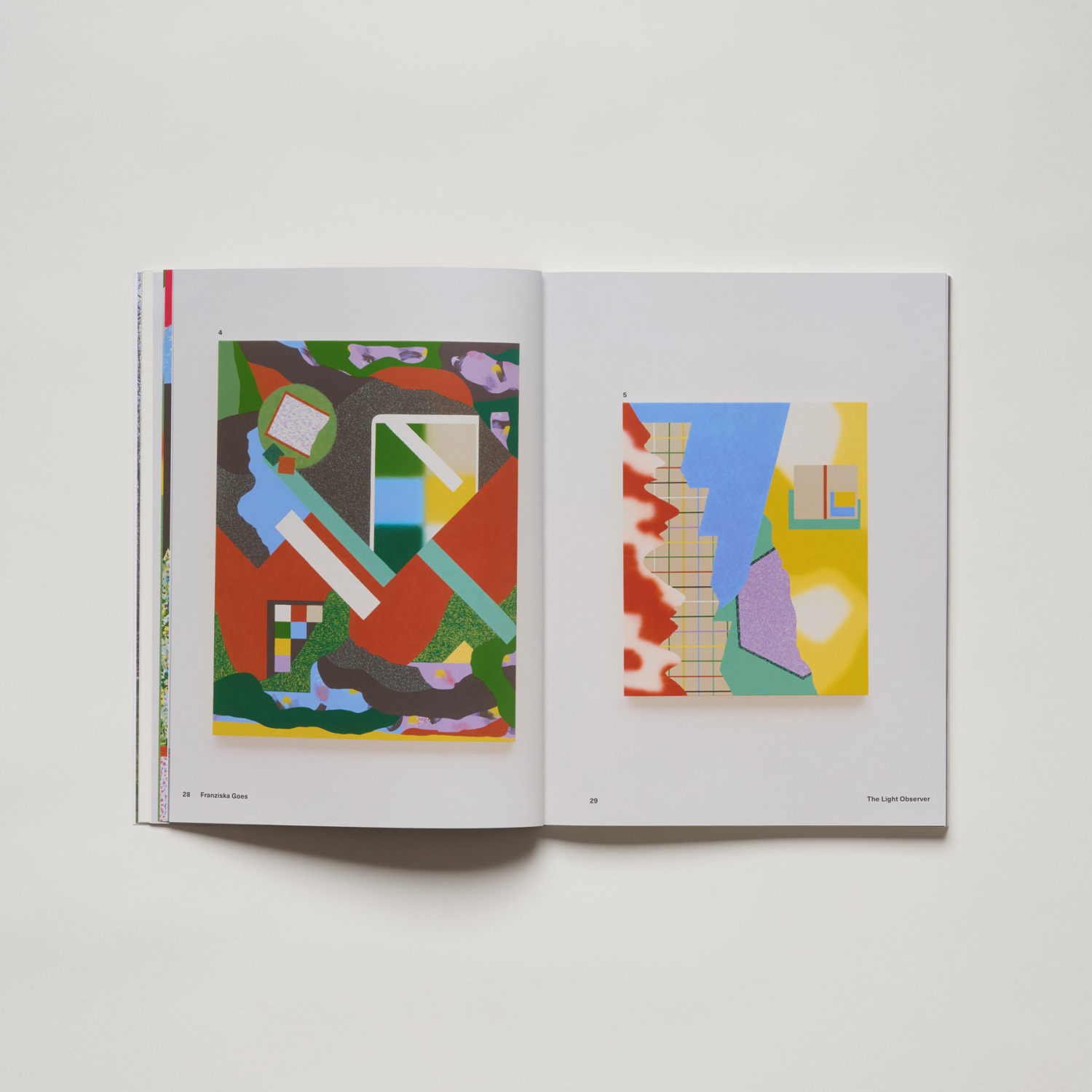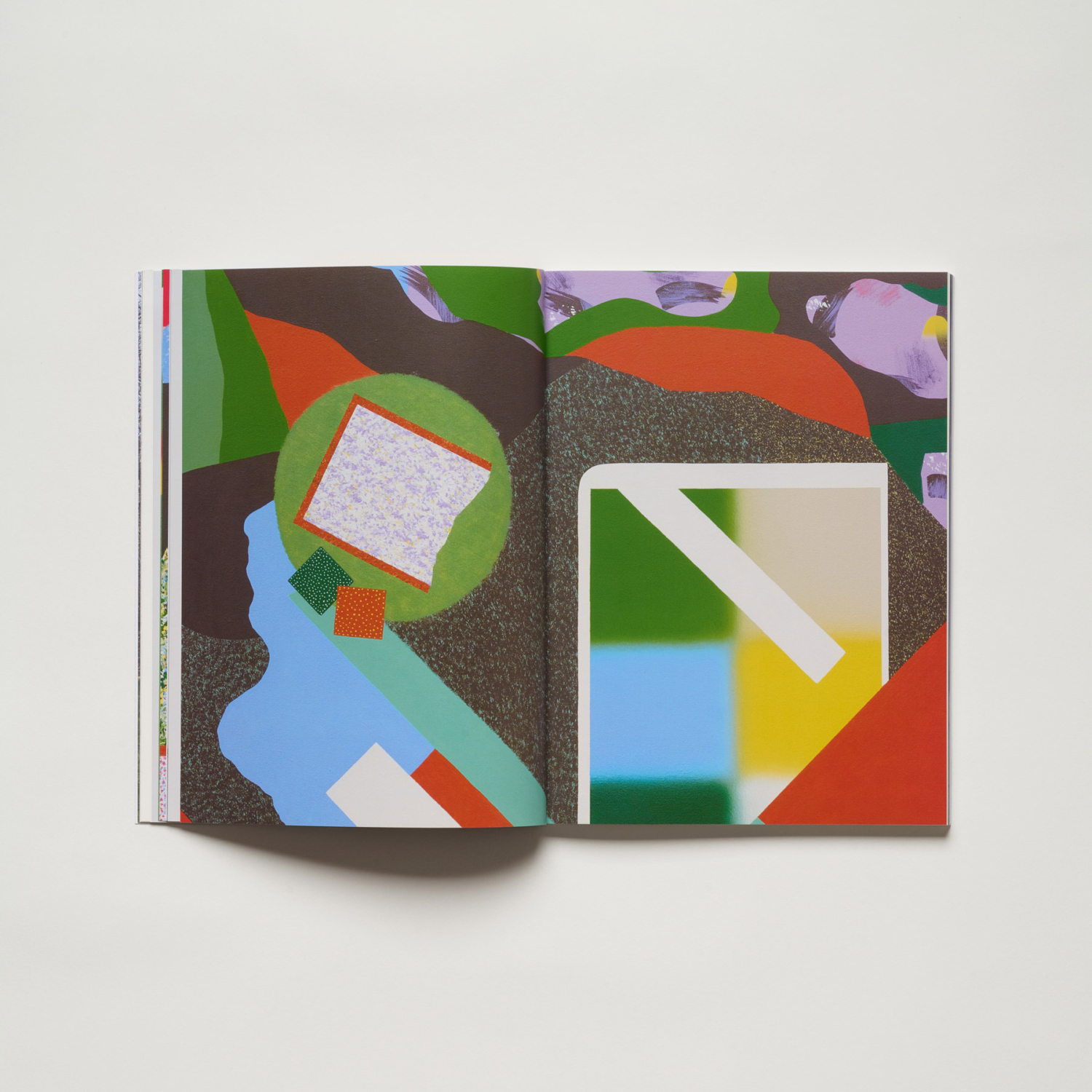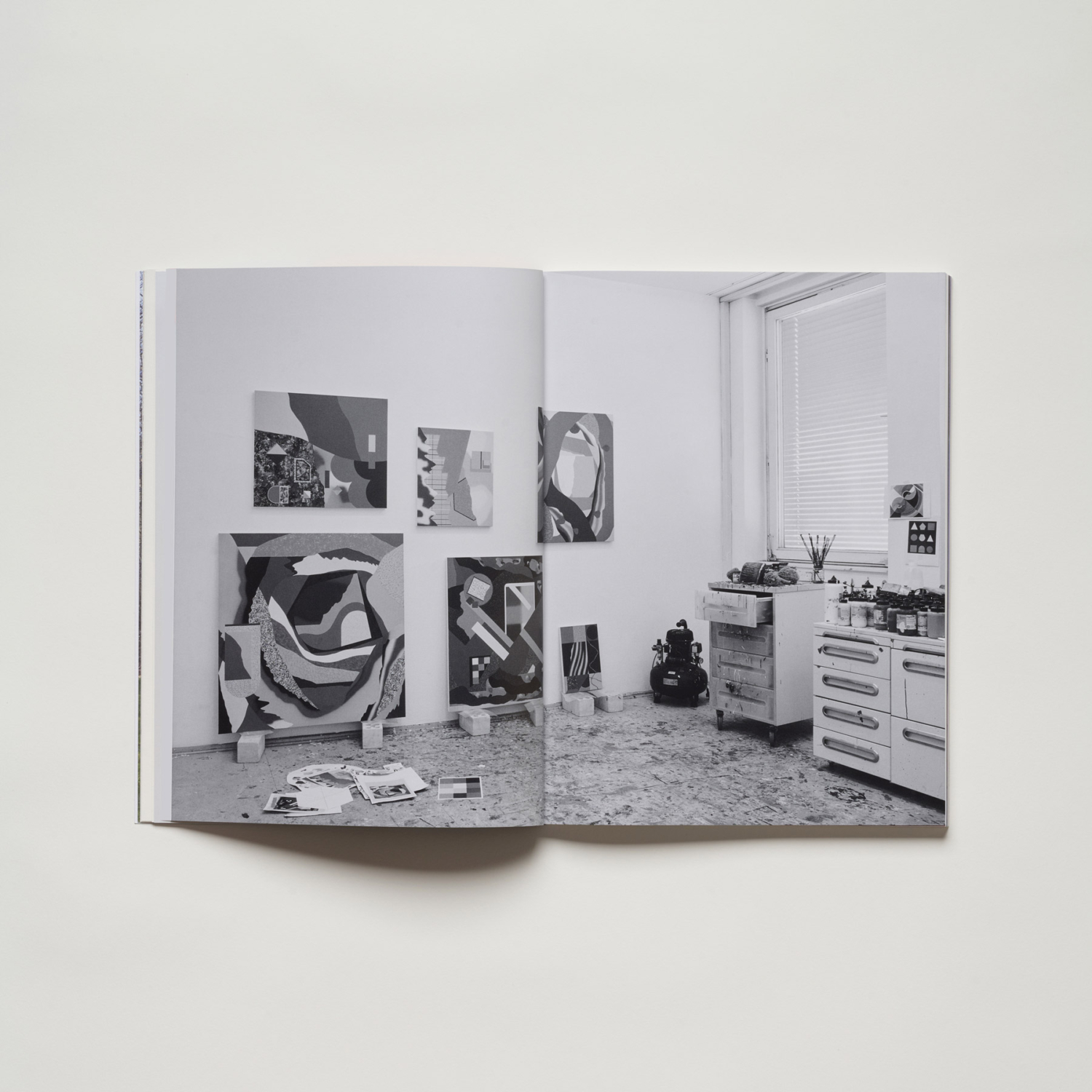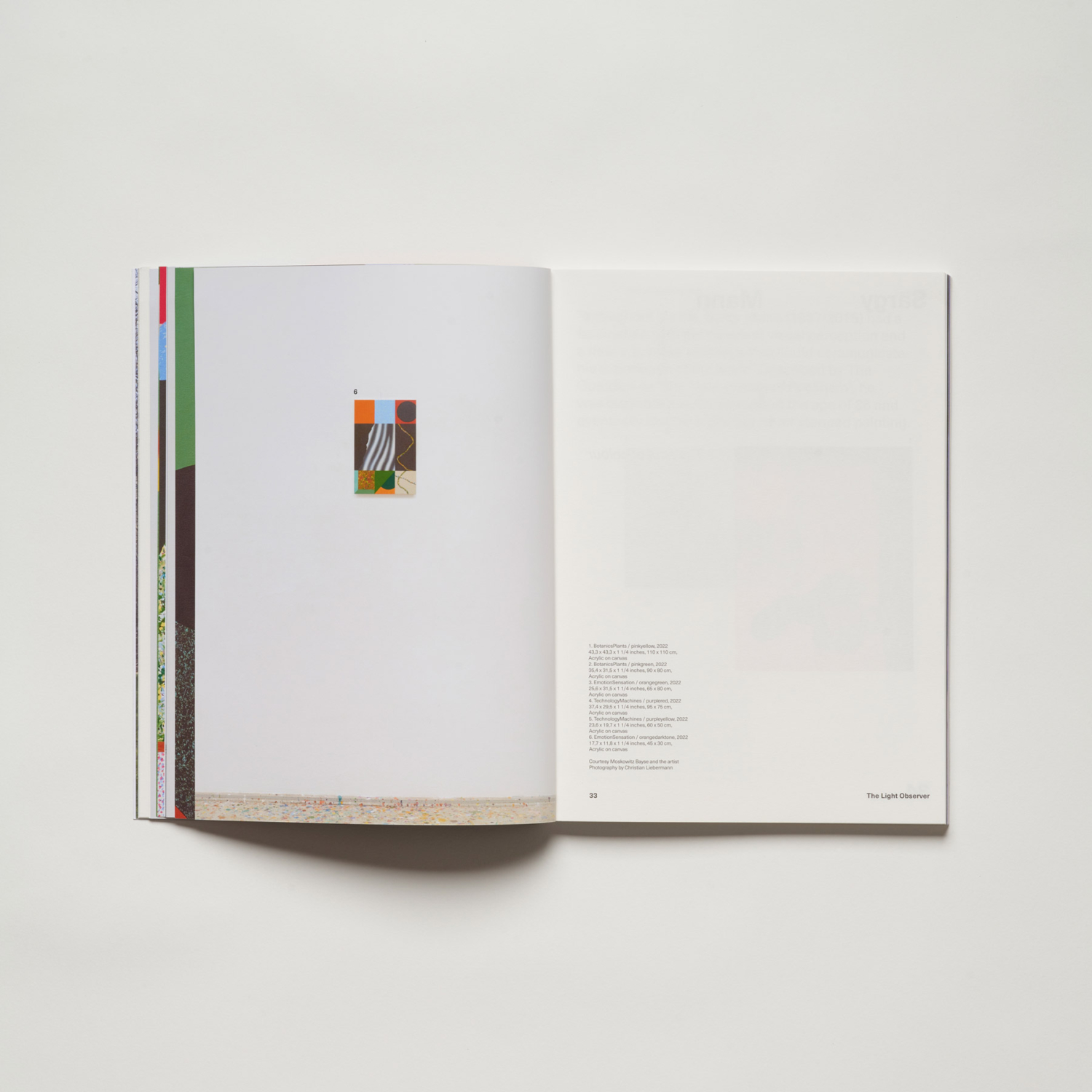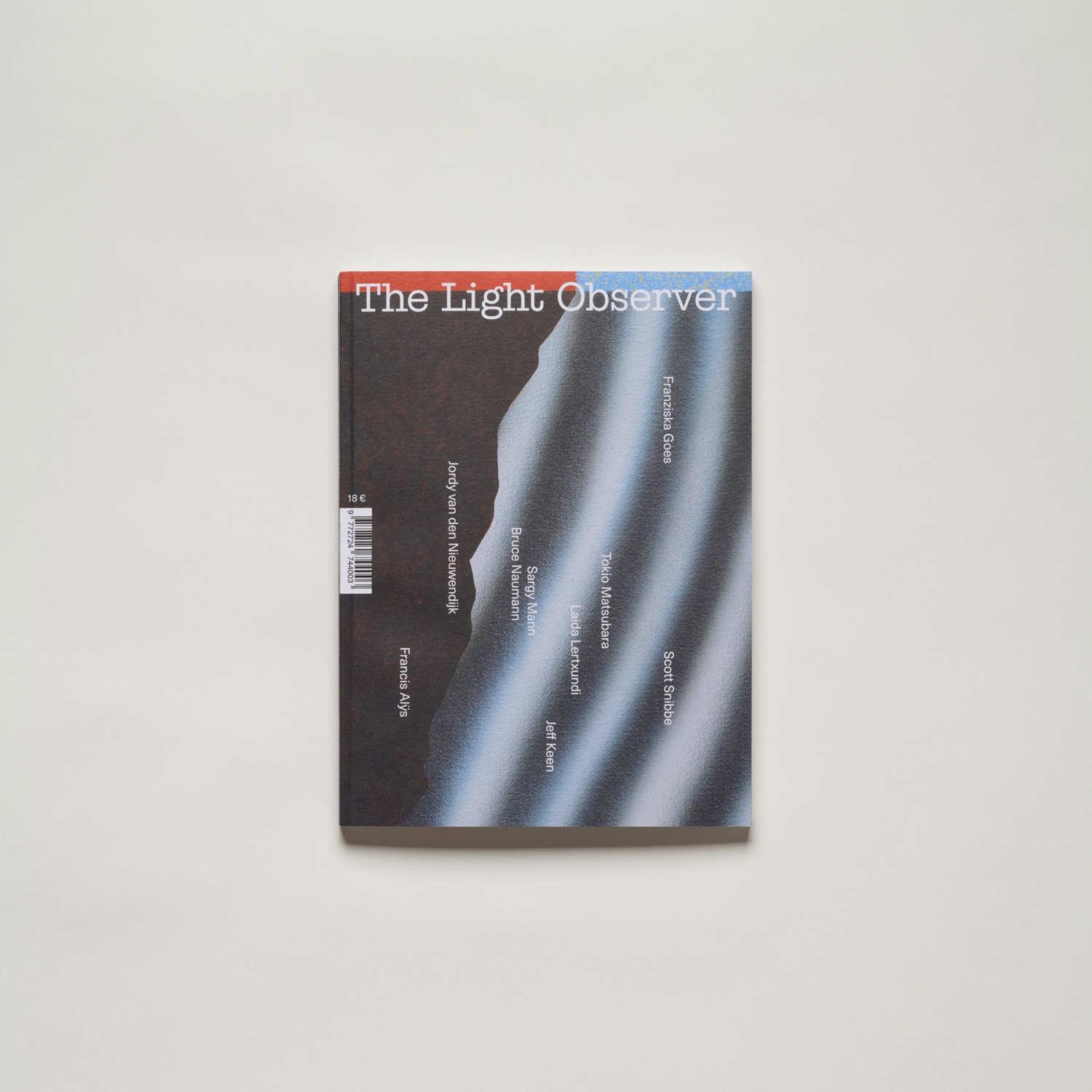Close to the Light
Exclusive Collaboration for
The Light Observer magazine Issue Nr 6
Edited by Hugo Berger
6 Paintings and a text by Ace Ehrlich
The Light Observer explores light and how artists, photographers, scientists and more, understand and use light in their work.
This sixth issue revolves around the theme of “Play”. Play of lights, theatre play, play of colour, playgrounds, play of the wind on the sand, playfulness… Duchamp reportedly said: “art is a game between all people of all periods”.
To order and to find bookshops internationally:
www.thelightobserver.com
Text by Ace Ehrlich
A color, absent a companion or two, conveys very little actionable information. Green doesn’t mean go without yellow and red; a sunset’s blues are lost without their attendant pinks and oranges. But colors, adrift in our age of infinite reproducibility and saturation, are made to fight for their claims to specificity. Only the strongest associations stand as truly definite while the rest (a vast and growing group) become passing notes and accent flourishes to the power chords of Starbucks green, McDonald’s yellow, Yves Klein blue. Franziska Goes trains her eye on those elusive tonal margins, where industry and domesticity warily encroach on forest, plane, and river, and artificial shades sidle up next to nature’s perfectly discordant gradations. Her paintings systematically examine color as a modifier of form and texture, while being reciprocally dependent on them. Anonymous to the point of singularity – as things encountered and real often are – Goes’ palette and intuitive uses of abstract form become records of seeing and decoding the world imperfectly and in real-time, calling at every stop along the line from undefined to unmistakable.
Typically working on one painting at a time, Goes restricts her palette to a handful of acrylics, laid down in a wide variety of techniques and ocular blends. By the painting’s completion, the palette seems exhausted, with nearly each available application laid bare, and every relationship prodded for signs of life. Shadows of representation and landscape poke fluidly through, recalling the earnest goals of early abstract painting as derived from craft and folk traditions. In this cycle of canvases for Light Observer, Goes fractalizes her mandate, offering six paintings with the same chromatic roster of bright yellow, blue, two reds, two green, deep purple, and a pale taupe. I’ll stop deliberately short of further verbal identification.
Crucially, Goes’ paintings bar those finite colors from becoming talismans or signifiers of recognizable phenomena, or even bearers of reliable information. Deep green is no more a forest floor in one painting as the side of a shipping container in another; pale blue recalls the sky with as much conviction as it does linoleum flooring. In Goes’ work, a color functions best when stress tested against its relations as determined by the painter or, out in the wild, by the soft-eyed viewer. Indeed, Goes’ mode of abstraction relies on sympathies of sight, asking the viewer to suspend what she has just seen on one canvas (or billboard, or wilderness expedition) in order to understand what’s happening on the next. Truth often seems conditional on received norms within an artwork. For Goes, meaning crystalizes where those norms are challenged and abraded, and memory gives way to seeing.
